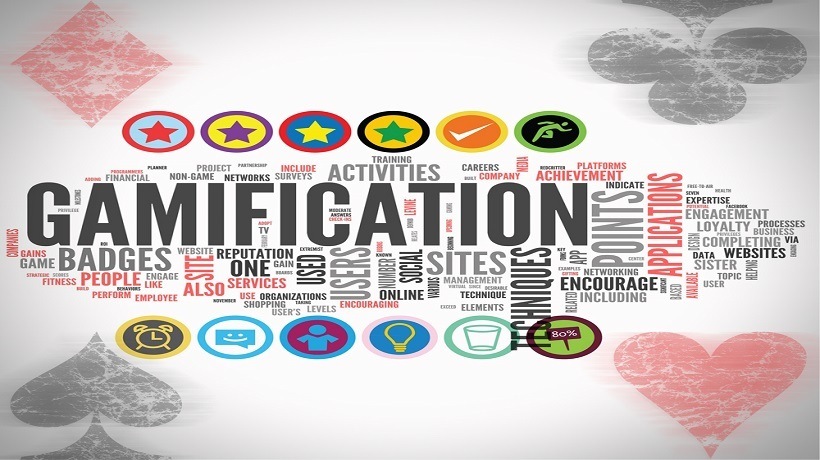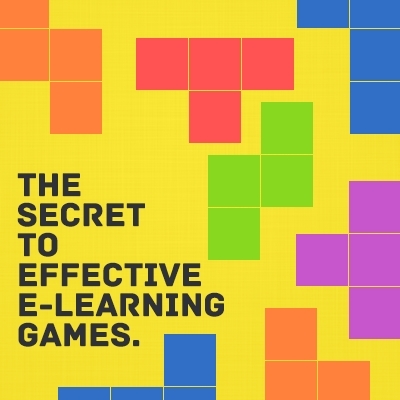How To Create Effective eLearning Games
While eLearning games may not involve getting behind the wheel of a sports car, they do offer a rare kind of engagement and excitement, which is the chance to learn and expand your skill sets. The challenge that many eLearning professionals have to deal with is how to create effective eLearning games that walk the fine line between fun and education, so that their audience gets real value out of the eLearning experience.
- Design your eLearning game layout in advance.
Before you even begin to design the first graphic or page for your eLearning game, you'll want to create an in depth eLearning game layout that highlights every element you're going to include. When designing an eLearning game, it's relatively easy to get off track, but an outline can serve as a roadmap that keeps you focused on the goals you are trying to achieve. This layout should include the structure of the eLearning game, the desired outcome, which key pieces of subject matter you need to cover, and the interactive components you are going to integrate. - Stick with a cohesive and relevant theme.
It may be tempting to include as many graphics and images into your newly designed eLearning game. After all, you want to not only give your learners a memorable eLearning experience, but a visually striking one as well. However, if you want to make it as powerful and effective as possible, you'll need to stick with a cohesive theme and only go with graphic design elements that fit that specific theme. Before you begin choosing the images and multimedia components you are going to use, sit down and research your audience, examine the subject matter you need to include, and decide which theme is going to be a good match for both. Ideally, it should tie into the topic and allow your learners to connect to the content on some level. - Every element of the eLearning game should tie into the goals and objectives.
One of the most important aspects when you want to create effective eLearning games is to always tie them into your primary goals and objectives. Every element in your eLearning game, from the images you use to the structure, should serve the end goals. The main objective of creating eLearning games is to boost knowledge retention and encourage your learners to become active participants in the eLearning experience. However, if you fail to stay focused on the eLearning goals, then your eLearning course will offer no real value for the learners. They simply won't be able to tie the eLearning game into real world challenges or benefits, which means that they won't be motivated to learn. Not to mention that the skill development or performance needs that should be the focus on the online training session or eLearning course will take a back seat to the eLearning game itself, thereby making it a hindrance to the eLearning experience rather than an educational aid. - Strike a careful balance between challenging and difficult.
There's a fine line between eLearning games that challenge the learner and make them want to learn more, and eLearning games that are so difficult that learners give up before they can even begin to acquire new information or skill sets. It's important to strike this careful balance when designing your eLearning games in order to up the engagement factor and make it immersive for every learner of your audience, not just for the ones who may be more experienced or skilled. Research your audience's needs and wants so that you can learn more about their background and expectations, which will help you to create eLearning games that are challenging enough to excite them, but not so challenging that they become frustrated with the eLearning course. - Give them choices!
Learners want to feel like they are in control. They want power over their educational endeavors, and you can give them this power by giving them choices. Instead of just asking them to progress through a module and earn points at the end, have them make decisions all throughout and accrue points based upon right or wrong answers, for example. Allow them to choose from a variety of different paths within the eLearning game that lead to different lessons, so that they get the impression that they are in complete control of the eLearning experience that they have within your eLearning course. - Show them the outcome.
This particular tip has in fact two aspects. Firstly, you must show your learners how the choices they make will lead to real world consequences, whether these are good or bad. This will allow them to gain invaluable experience without any real risk involved. Secondly, you need to tell your learners exactly why they are participating in this eLearning game and what they will achieve by completing it. - Make it exciting!
The simple truth is that not all eLearning games are fun and exciting. There are some that fail to turn the subject matter into one that is engaging and entertaining. This is because they missed the mark in terms of their gamification strategy. For eLearning games to truly work, they need to involve both the risk and reward elements. By making choices throughout the eLearning game, the learners are taking small, but powerful, risks that help them to learn through mistakes and build their critical thinking and reasoning skills. And rewards help to boost their motivation, so that they actually want to participate and progress through the levels. Even something as small as earning credits or getting to the top of a leaderboard for the eLearning game can provide them with enough incentive to become active participants.
Keep these tips on how to create effective eLearning games on hand to not only engage your learners, but also to allow them see the real world benefits of acquiring and absorbing the subject matter.
Sponsored content - article continues below
Trending eLearning Content Providers
Do you need to learn more on how to integrate eLearning games into your eLearning course? Read the article Top 7 Tips To Integrate eLearning Games Into Your eLearning Course to learn how to transform even the most dull and dry subject matter into an engaging and exciting eLearning experience.
Still wondering whether eLearning games will add value to your eLearning course? Read the article The Science And The Benefits of Gamification In eLearning where I highlight some of the most notable benefits of using gamification in your eLearning courses.
Last but not least, I highly encourage you to read the Free eBook How Gamification Reshapes Learning where you will find useful Gamification Tips provided by 23 Gamification professionals.











